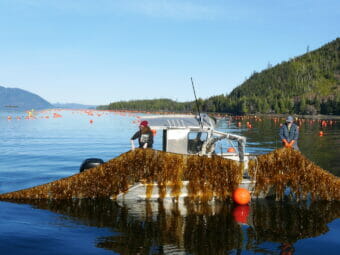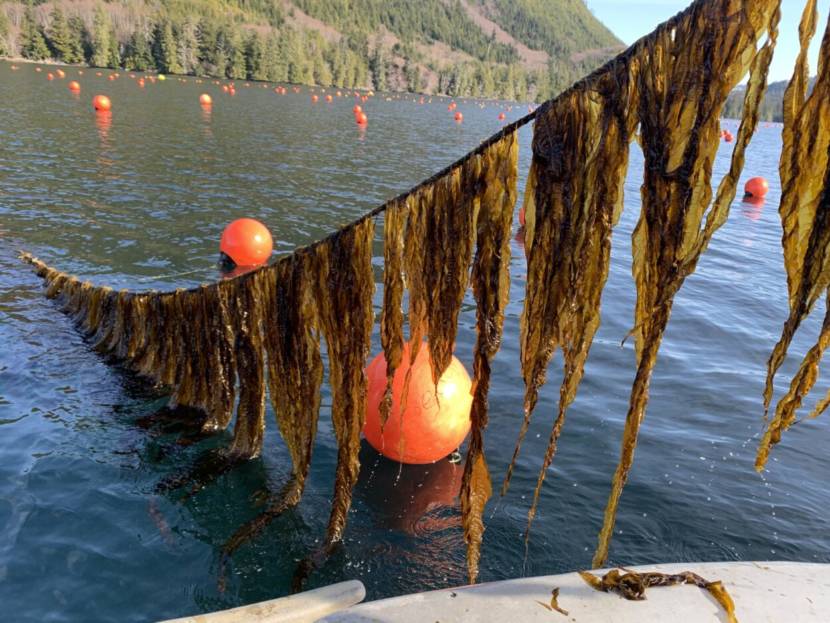
For years, Bret Bradford has lived the seasonal rhythm of a commercial fisherman. He spends summers gillnetting salmon out of Cordova, and in the winter, he looks for odd jobs around town.
When a friend asked if wanted to spend the winters growing kelp instead, he saw an opportunity for stable, year-round work.
“I thought, man, how hard could it be to grow kelp?” he said.
Bradford already has a boat and knowledge of the water. And the timing is perfect: kelp farmers plant seeds in the fall and harvest them in the spring, just before fishing season.
And he’s not the only one jumping on the kelp bandwagon. Interest in kelp farming has been building in Alaska since the state’s first commercial harvest in 2017. Bradford is one of more than 40 aspiring kelp farmers that have submitted applications to the state since.
But there’s still only a handful of farms producing a commercial crop. Mariculture advocates say that it’s not easy building an industry from scratch, or a market for it. Jumping into an industry still in its infancy isn’t without its challenges.
“For me personally, the biggest challenge of anything that I undertake is dealing with the bureaucracy,” Bradford said.
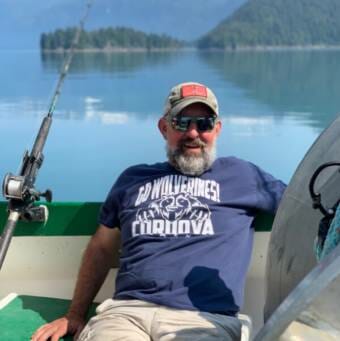
Before they can put lines in the water, kelp farmers have to apply for state and federal permits, which include opportunities for public comment. The whole process can take up to two years, and a lot of money, time and expertise that fishermen like Bradford may not have.
Which is why he joined a collective of aspiring kelp farmers in Prince William Sound called Blue Wave Futures. Lawyer and fisherman Joe Arvidson handled the permitting process for all seven farms.
“And I had no idea what to do and neither did they. And so, I just jumped right into it,” Arvidson said.
In many ways, Blue Wave Futures is still just an idea. Only about half the farms are permitted, and none of them have kelp in the water for a commercial harvest.
But they are trying to lay the groundwork for a stable industry in the region, answering questions like where they’ll get seed, where kelp grows best, and, most importantly, who will buy their harvest.
“We don’t want to grow a bunch of kelp that we can’t sell, that we don’t have markets for, that we don’t have product development for, or even pilot projects that we can use it for to work on,” Arvidson said.
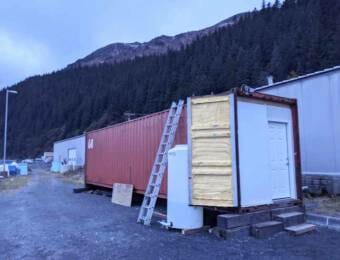
Since the state government established a mariculture task force in 2016, the group has been working to grow a shellfish and seaweed farming industry that makes 100 million dollars a year. But that goal is still a long ways off: aquaculture sales totaled just $1.4 million in 2019, according to NOAA.
The interest in kelp farming is there. Lease applications nearly doubled last year, and a recent training by the Alaska Fisheries Development Foundation and other partners attracted hundreds of participants. The foundation’s executive director, Julie Decker, said they’ve had interest from a diverse group of people, including commercial fisherman, subsistence users, tribes, Native corporations and people interested in making kelp-based products.
But the infrastructure is still being built.
“It’s not simple, and so people that are interested should be prepared for challenges,” Decker said. “You know, whenever you’re doing something new, it’s not necessarily all outlined and cookie cutter off the shelf. “
Decker said one big hurdle is finding buyers for kelp. Blue Wave Futures wants to sell much of their harvest to Mat-Su farmers for fertilizer. Alaska researchers along with other partners are also looking at using kelp in biofuel, and Decker said they’re even hoping to attract a plant to the state to manufacture kelp-based plastics.
“It could really open up the demand for farmed seaweed,” she said, “which would allow for a lot more people to get involved with the industry and know for sure that they had a market.”
Seagrove Kelp off Southeast Alaska’s Prince of Wales Island is one of just four farms that produced a commercial harvest in the state in 2019. The numbers for 2020 are confidential until all kelp farms report numbers to the state.
Founder Markos Scheer said some of their product that aren’t for human consumption, like pet food and fertilizer. But they also sell to companies like Juneau’s Barnacle Foods, which makes a line of trendy kelp-based products like hot sauces and pickles.
This is the farm’s second year growing commercially, and they have faced their share of challenges. Last year, herring spawned on some of their kelp, which delayed harvesting and reduced its quality.
“You know, you come in with an expectation, if we do this, it’s gonna work this way,” Scheer said. “And then most often, we’re not entirely right. And we’ve got to change that, and we say well this worked and this didn’t, and there’s a bit of trial and error in the process.”
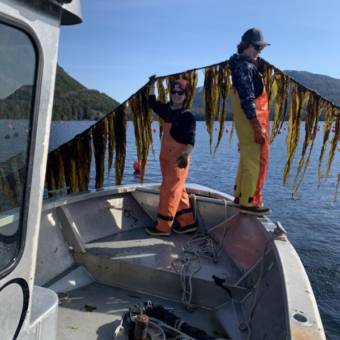
But overall, business is going well. They’ve put in applications to add new sites to the 100-acre farm. Scheer hopes expanding will help reach new markets.
“This is the kind of industry that could be a really significant leg on the economic stool for coastal Alaskans because you can do it in so many different places and do it viably,” Scheer said. “You know if we get the industry to a size that it needs to be, it’s gonna be a pillar of the economy for the next 100 years.”
Scheer, like other seaweed enthusiasts, sees kelp as an answer to problems both economic and environmental. It soaks up excess carbon dioxide from the oceans and doesn’t require fertilizers or chemicals once it’s in the water. It could provide an alternative for fishermen during low salmon years in Southeast and other regions.
But whether it will in fact fuel a billion dollar mariculture industry in Alaska is still unknown.


